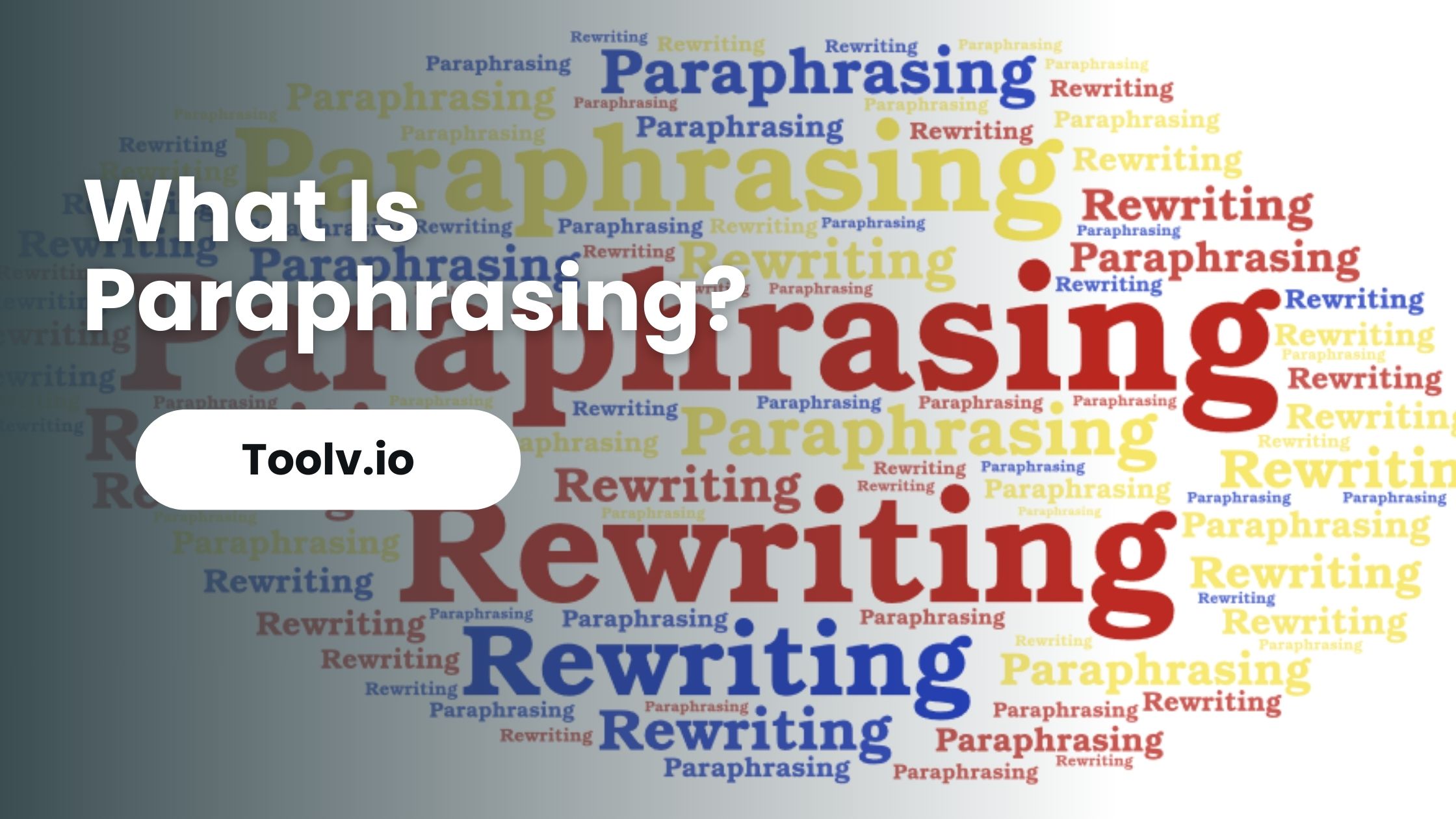How to Reference Paraphrasing?

Paraphrasing is when you restate someone else’s ideas in your own words. It’s a useful way to use information without directly quoting the source. However, even when you paraphrase, you must give credit to the original author.
In this article, we will discuss the right ways to reference paraphrasing. We’ll explore different methods and styles of referencing, ensuring that your work remains original while respectfully crediting the ideas and words of others.
How to Reference Paraphrasing?
When you paraphrase, you rewrite someone else’s ideas in your own words. It’s different from quoting, where you use their exact words. Paraphrasing shows you understand the content and can explain it your way.
To reference a paraphrase, you cite the source the same way as a direct quote. This means adding the author’s name, publication date, and sometimes page number at the end of the paraphrase.
Remember, even when paraphrasing, the ideas you’re writing about aren’t yours. So, it’s fair and respectful to credit the original author. This helps readers find the original source if they want more information.
How Do You Indicate That You Are Paraphrasing?
Introduce the paraphrase with your own words. This sets the stage and shows it’s not a direct quote. For example, you might start with “According to [Author]…” or “[Author] suggests that…“. This makes it clear you’re presenting someone else’s ideas.
Next, write the paraphrased content in your own words. This is where you distill the original text’s meaning but use your language and style. It should be different from the original text in terms of phrasing and sentence structure.
Finally, include a citation right after your paraphrase. This might be in the form of an in-text citation or a footnote, depending on the citation style you’re using (like APA, MLA, or Chicago).
By following these steps, you signal to your readers that you are paraphrasing someone else’s work, maintaining academic integrity, and respecting the original author’s intellectual property.
How Do You Cite Them Right Paraphrasing?
Paraphrasing means rewriting someone else’s ideas or words in your own way. It’s used to make information clear and to show you understand the original text. When you paraphrase, you must give credit to the original source.
This is called citing. To cite them right, you mention the author’s name and the year the work was published. This shows respect for the author’s work and avoids plagiarism, which is using someone’s work without giving them credit.
It’s important in writing, to be honest about where you got your ideas. Paraphrasing helps make your writing unique and supports your own arguments or points.
Do You Reference Paraphrasing?
When you paraphrase, you take someone else’s ideas and put them in your own words. It’s like explaining what someone else said, but using different words. This is different from quoting, where you use the exact words someone said with quotation marks.
Paraphrasing shows you understand the idea, but it’s still someone else’s thought. So, yes, you need to reference when you paraphrase. It’s important to give credit to the person who originally had the idea.
This way, you’re being honest about where the ideas came from. It’s like saying, “This was not my original thought, but I have rewritten it in my own way.” This is a good practice and keeps your work truthful and respectful.
How Do You Paraphrase Without Plagiarizing?
Paraphrasing without plagiarizing means changing text into your own words while keeping the original meaning. To do this, first understand the main idea. Then, write it in a new way.
Avoid copying the text exactly. Don’t just change a few words. This can still be plagiarism. To check your work, compare it with the original. It should sound different but have the same meaning.
Remember, always give credit to the original author. Even when paraphrasing, it’s good to mention where the ideas came from. This shows honesty and respect for the original work.
FAQs
What is Paraphrasing in Academic Writing?
Paraphrasing in academic writing involves restating information from a source in your own words while maintaining the original meaning. It’s essential to rephrase the ideas without altering the original intent, and it should be distinct enough from the source to be your unique expression.
How Do I Cite a Paraphrase?
When citing a paraphrase, you should follow the citation style guideline you are using (APA, MLA, Chicago, etc.). Generally, you must include an in-text citation next to your paraphrase, indicating the author’s last name and the year of publication.
Do I Need to Cite if I Paraphrase?
Yes, even if you paraphrase, you need to cite the source. Paraphrasing without citation is considered plagiarism. Citing acknowledges the original author and helps avoid plagiarism while showing respect for the intellectual property of others.
How Can I Make Sure My Paraphrase is Not Plagiarized?
To ensure your paraphrase is not plagiarized, it’s crucial to fully understand the source material, and then express it in your own words and sentence structure. It should be a restatement, not just a rearrangement of the original words.
Conclusion
Paraphrasing is key for freshly presenting information while maintaining original ideas. It’s about using your own words to convey the same message. For effective paraphrasing, Toolv.io’s paraphrasing tool is a great help.
It rewords text, ensuring it’s different but still holds the same meaning. This approach is perfect for avoiding plagiarism and keeping content original and engaging.





